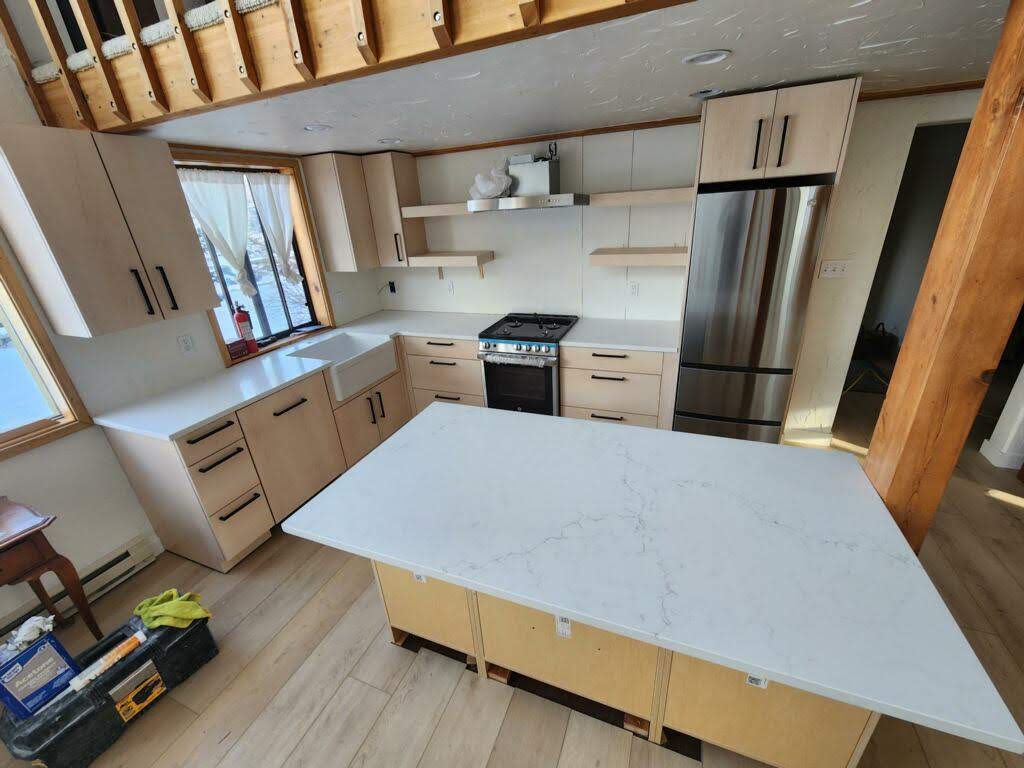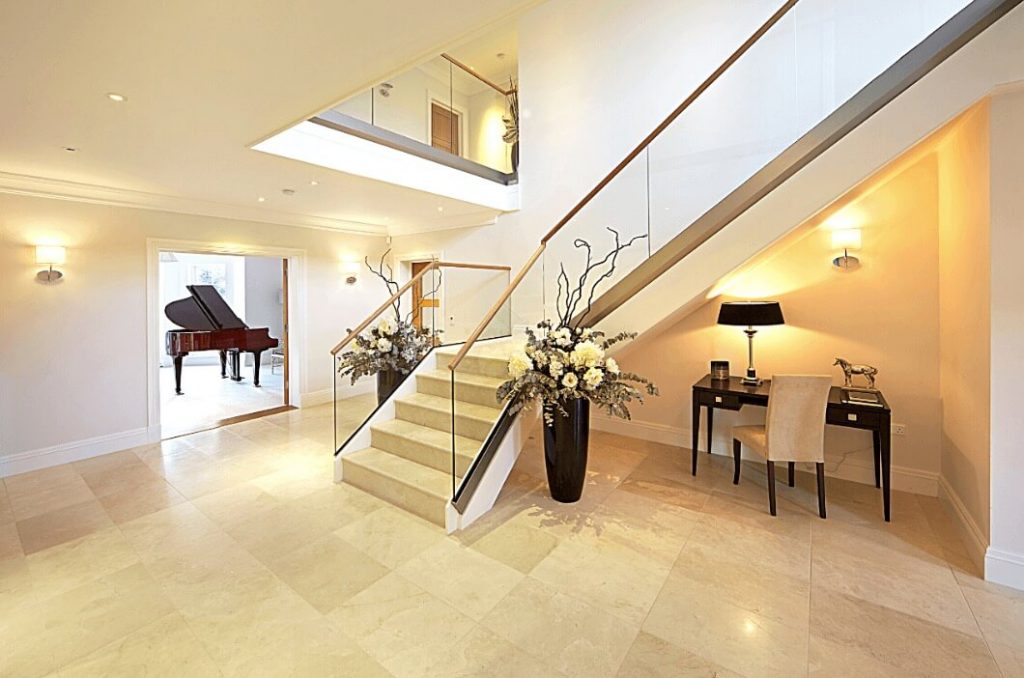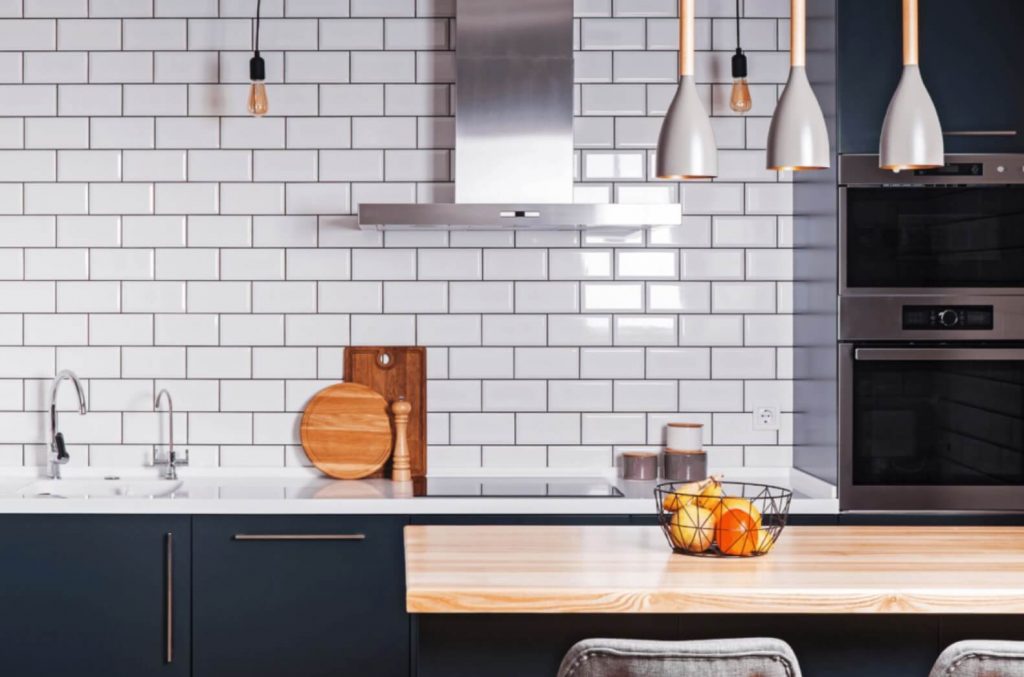Choosing a Suitable Countertop Design
The countertop represents one of the major fixtures of a kitchen and plays a primary role in influencing the overall layout of this space. There are multiple aspects to consider when installing this unit, and different homes will require different solutions when looking to find a suitable counter to meet their particular needs. Your final choice will influence the overall aesthetics of this project. It’s essential not to rush through the process when considering your options.
Some of the things you should keep in mind when looking at different countertop designs include:
Primary Materials
There are multiple options to choose from when looking at suitable countertop materials. The best solution for your needs will depend on aspects such as your budget, living conditions/kitchen activity, and personal taste. Jackson WY Granite Countertops, for instance, have become popular with modern kitchens looking to instill a sense of classic elegance with their approach. Butcher block countertops, on the other hand, are a better option when dealing with an active kitchen setting involving a lot of sharp edges, friction, and hot surfaces. They’re also more flexible than their granite counterparts in terms of style and appearance.
Installation Process
The budget involved with your countertop will be influenced by matters such as the price of the material and labor expenses. Different counters will feature varying installation processes, which is a primary influence on the cost of labor. Concrete countertops, for instance, will require a contractor with experience in creating and setting molds. Individuals working with Jackson WY Granite Countertops should have experience with cutting exotic stone, as well as the tools necessary to accomplish this objective. Several ready-made composite solutions n the market represent an excellent solution for homeowners who would like to take a DIY approach. These counters are mass-produced and are generally designed to fit over most base cabinets.
Maintenance Needs
Many homeowners don’t tend to consider maintenance requirements when choosing a countertop. However, it’s worth noting that these requirements involve repetitive expenses that will need to be factored into your overall budget when integrating this fixture into your home. Glass countertops, for example, might offer some of the best aesthetics available in the market, but are impractical for kitchen use due to the maintenance requirements involved with such an environment. Apart from the usual bumps and scrapes this fixture will be subjected to, you will have to be extra careful when dealing with glass alternatives because of the fragility involved with the material. Softwoods are also not recommended as good options for individuals who live close to the sea because of the levels of salt and humidity available in such atmospheres. This will enhance maintenance and replacement costs.
Functionality
Another element few homeowners consider when purchasing a countertop is its intended purpose. There are multiple designs available in the market, but not every solution will match your particular needs. If you plan on using the fixture as an additional seating area, opting for a design that focuses on width over …
Choosing a Suitable Countertop Design Read More »



